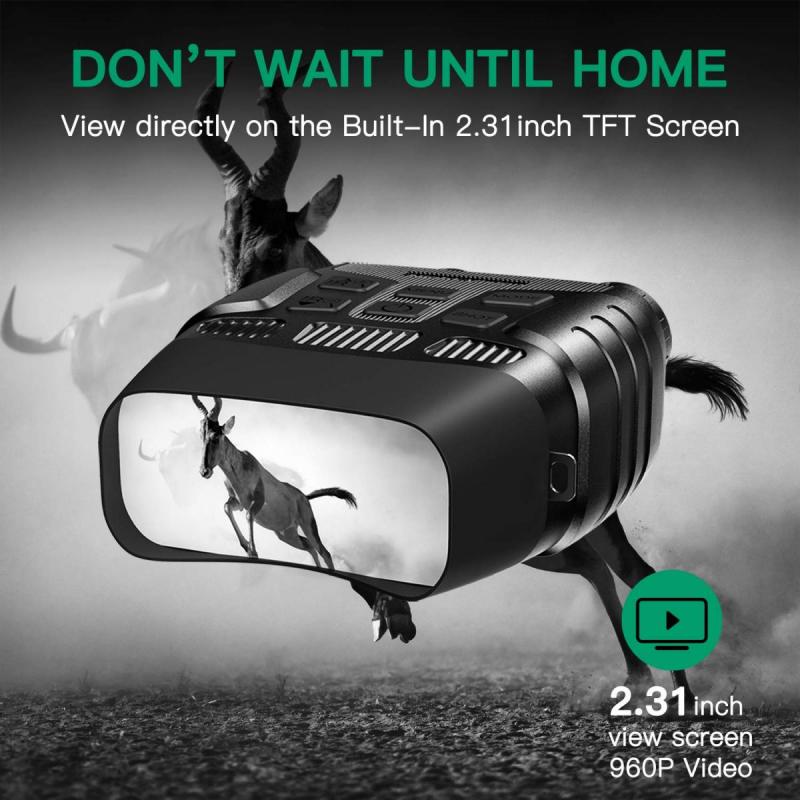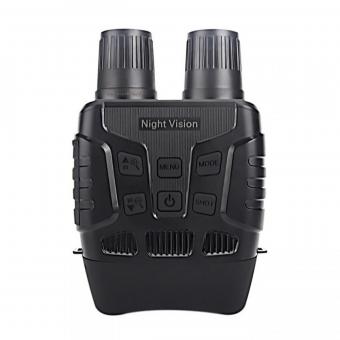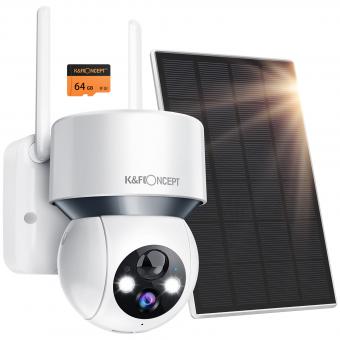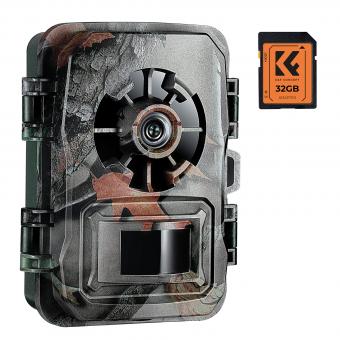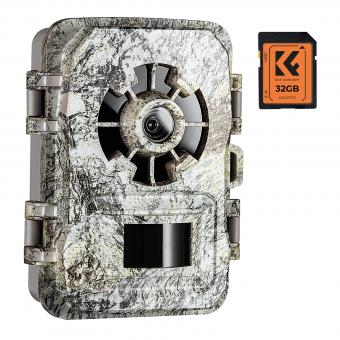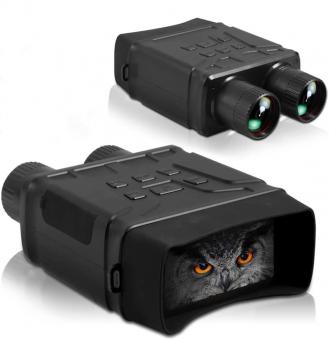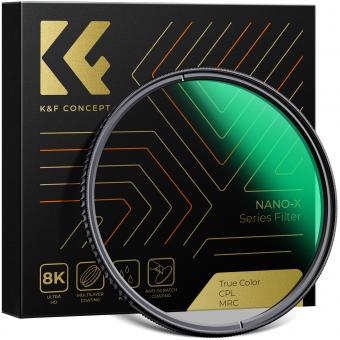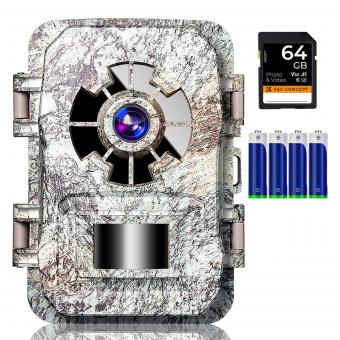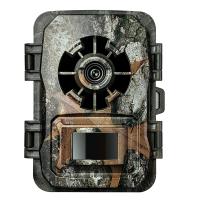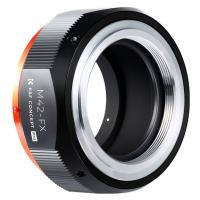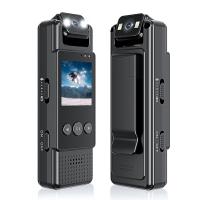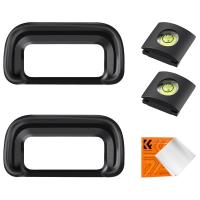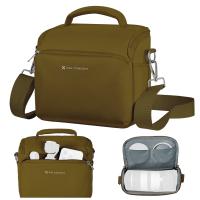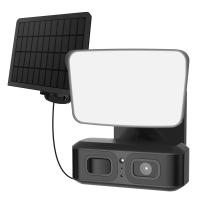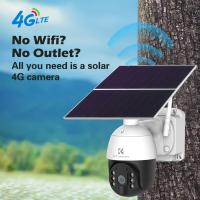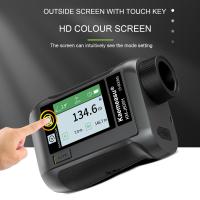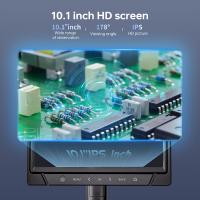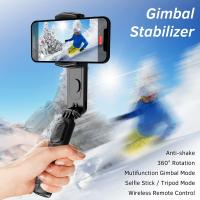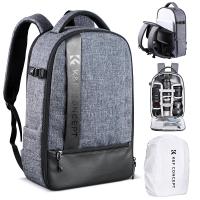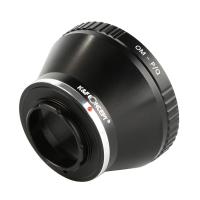What Are The Best Lenses For Night Driving ?
The best lenses for night driving are those that reduce glare and enhance visibility. Polarized lenses, yellow-tinted lenses, and anti-reflective coatings are commonly recommended for night driving.
1、 Anti-reflective coatings for reduced glare and improved visibility.
The best lenses for night driving are those that provide anti-reflective coatings for reduced glare and improved visibility. Glare from headlights and streetlights can be a major issue when driving at night, as it can cause discomfort and reduce visibility. Anti-reflective coatings help to minimize this glare by reducing the amount of light that is reflected off the lens surface.
These coatings work by allowing more light to pass through the lens, rather than being reflected back. This not only reduces glare but also improves overall visibility, making it easier to see objects and road signs in low-light conditions. By reducing glare, anti-reflective coatings can also help to reduce eye strain and fatigue, allowing for a more comfortable and safer driving experience.
In recent years, there have been advancements in anti-reflective coatings that further enhance their effectiveness for night driving. Some coatings now include additional features such as hydrophobic properties, which repel water and prevent it from forming droplets on the lens surface. This can be particularly useful during rainy conditions, as it helps to maintain clear vision by preventing water droplets from obstructing the view.
Furthermore, some lenses now come with blue-light filtering capabilities. Blue light, which is emitted by electronic devices and LED lights, can cause eye strain and disrupt sleep patterns. By filtering out this blue light, lenses can help to reduce eye fatigue and improve visual comfort during night driving.
Overall, lenses with anti-reflective coatings are the best choice for night driving, as they reduce glare and improve visibility. The latest advancements in these coatings, such as hydrophobic properties and blue-light filtering, further enhance their effectiveness and provide a more comfortable driving experience.
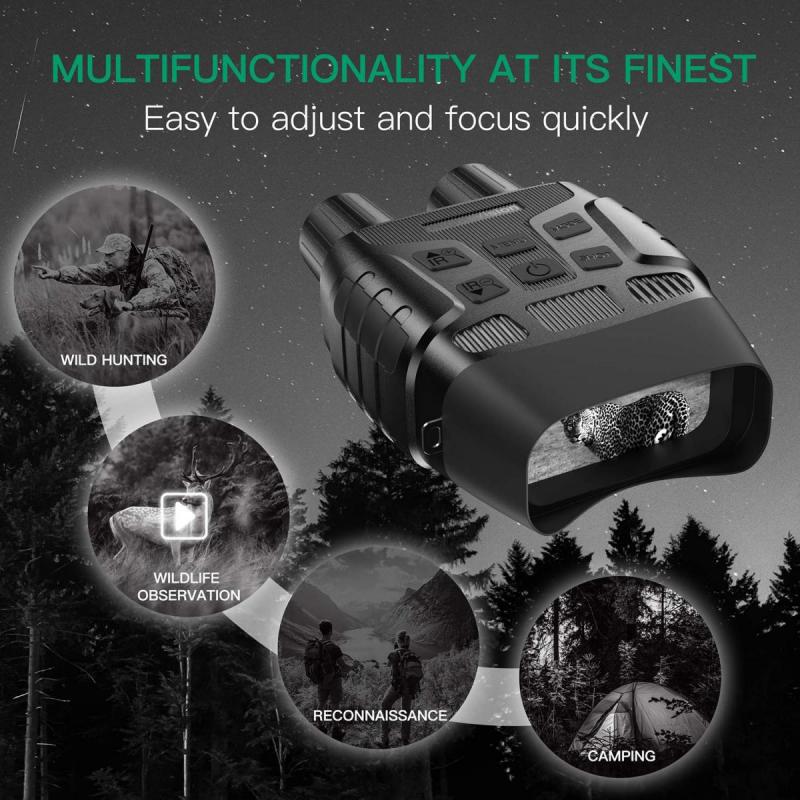
2、 Yellow-tinted lenses to enhance contrast and depth perception.
The best lenses for night driving are yellow-tinted lenses that enhance contrast and depth perception. These lenses work by reducing glare from oncoming headlights and streetlights, allowing for better visibility in low-light conditions.
Yellow-tinted lenses have been proven to improve visual acuity at night. They filter out blue light, which can cause glare and reduce contrast, while allowing other wavelengths of light to pass through. This enhances the perception of depth and improves the ability to distinguish objects in the dark.
In addition to enhancing contrast and depth perception, yellow-tinted lenses also help reduce eye strain and fatigue during night driving. The yellow tint helps to relax the eyes and reduce the strain caused by bright lights and glare.
It is important to note that while yellow-tinted lenses can be beneficial for night driving, they may not be suitable for all individuals. Some people may find that the yellow tint distorts colors or reduces overall visibility. It is always recommended to try out different lens options and consult with an eye care professional to determine the best choice for your specific needs.
Furthermore, it is worth mentioning that advancements in lens technology have led to the development of specialized coatings and materials that can further enhance night driving visibility. Anti-reflective coatings, for example, can help reduce glare and improve overall clarity. Polarized lenses can also be beneficial in reducing glare from reflective surfaces such as wet roads.
In conclusion, yellow-tinted lenses are widely regarded as the best option for night driving due to their ability to enhance contrast and depth perception. However, it is important to consider individual preferences and consult with an eye care professional to determine the most suitable lens option for optimal night driving visibility.
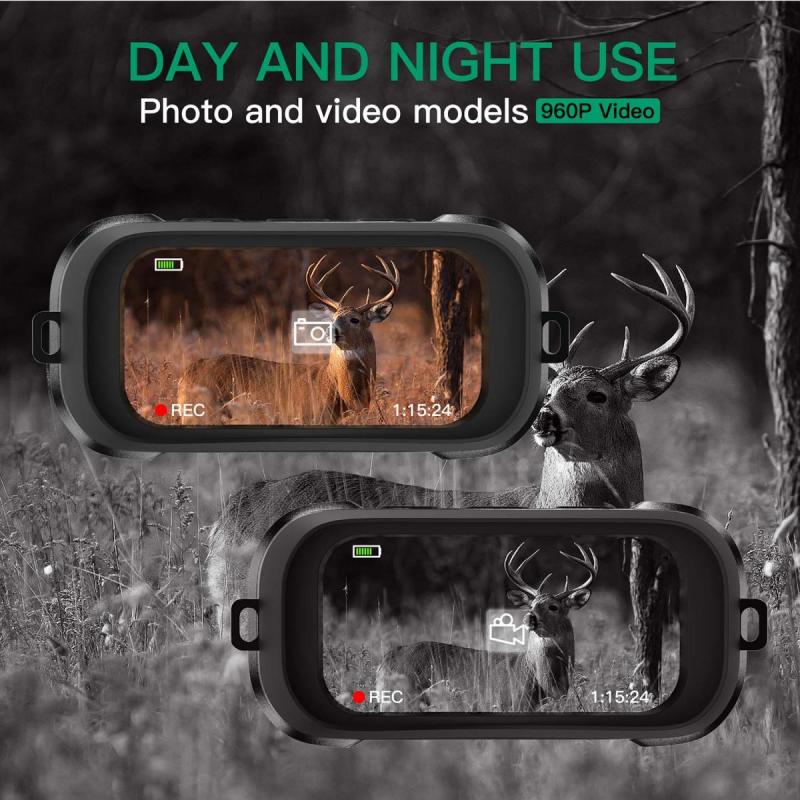
3、 Polarized lenses to reduce glare from headlights and streetlights.
The best lenses for night driving are polarized lenses, as they effectively reduce glare from headlights and streetlights. Glare from oncoming headlights can be a major issue while driving at night, causing discomfort and potentially impairing vision. Polarized lenses work by filtering out horizontal light waves, which are the main source of glare.
By reducing glare, polarized lenses enhance visual clarity and improve contrast, allowing drivers to see more clearly in low-light conditions. This is particularly important for night driving, as it helps to identify potential hazards on the road, such as pedestrians, cyclists, or animals.
Moreover, polarized lenses also provide protection against harmful UV rays, which can be present even at night. Prolonged exposure to UV rays can lead to various eye conditions, including cataracts and macular degeneration. Therefore, wearing polarized lenses not only enhances vision but also safeguards eye health.
It is worth noting that while polarized lenses are highly effective in reducing glare, they may not be suitable for all situations. Some LCD displays, such as those found on certain car dashboards or GPS devices, can become difficult to read when viewed through polarized lenses. Additionally, polarized lenses may not be ideal for certain professions that require accurate color perception, such as pilots or photographers.
In conclusion, polarized lenses are the best option for night driving as they effectively reduce glare from headlights and streetlights. They enhance visual clarity, improve contrast, and provide protection against harmful UV rays. However, it is important to consider individual needs and potential limitations when choosing lenses for specific situations.

4、 Photochromic lenses that automatically adjust to changing light conditions.
The best lenses for night driving are photochromic lenses that automatically adjust to changing light conditions. These lenses are designed to darken when exposed to bright light and lighten when the light is dimmer. This feature allows for optimal vision during both day and night driving.
Photochromic lenses are made with a special type of lens material that contains molecules that react to UV light. When exposed to UV rays, these molecules undergo a chemical reaction that causes the lenses to darken. This darkening helps to reduce glare from headlights and other bright lights, improving visibility and reducing eye strain.
One of the main advantages of photochromic lenses is their ability to adapt to different lighting conditions. They provide clear vision during the day and automatically darken in bright sunlight. This feature is particularly beneficial for night driving, as it helps to reduce glare from oncoming headlights and streetlights. By reducing glare, photochromic lenses enhance contrast and improve overall visibility, making it easier to see objects on the road.
It is important to note that while photochromic lenses are effective for night driving, they may not be suitable for everyone. Some individuals may prefer specialized lenses, such as anti-reflective coatings or polarized lenses, to further reduce glare and enhance vision. Additionally, it is always recommended to consult with an eye care professional to determine the best lens option based on individual needs and preferences.
In conclusion, photochromic lenses are the best lenses for night driving as they automatically adjust to changing light conditions, reducing glare and improving visibility. However, it is important to consider individual preferences and consult with an eye care professional to ensure the best choice for optimal night driving vision.
